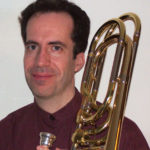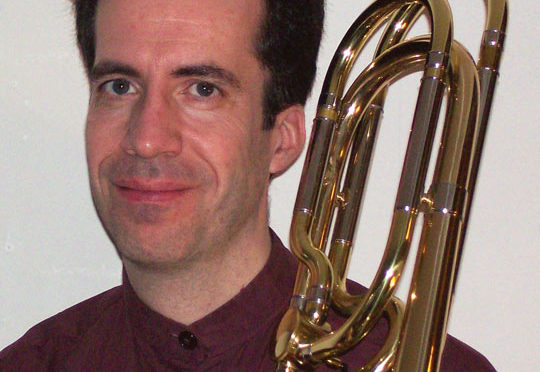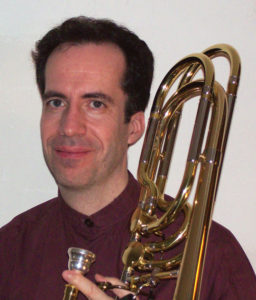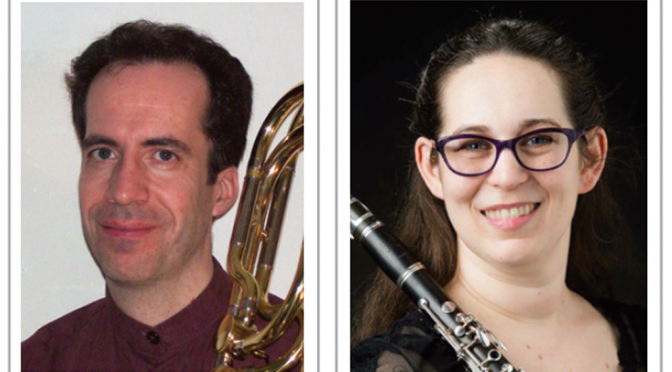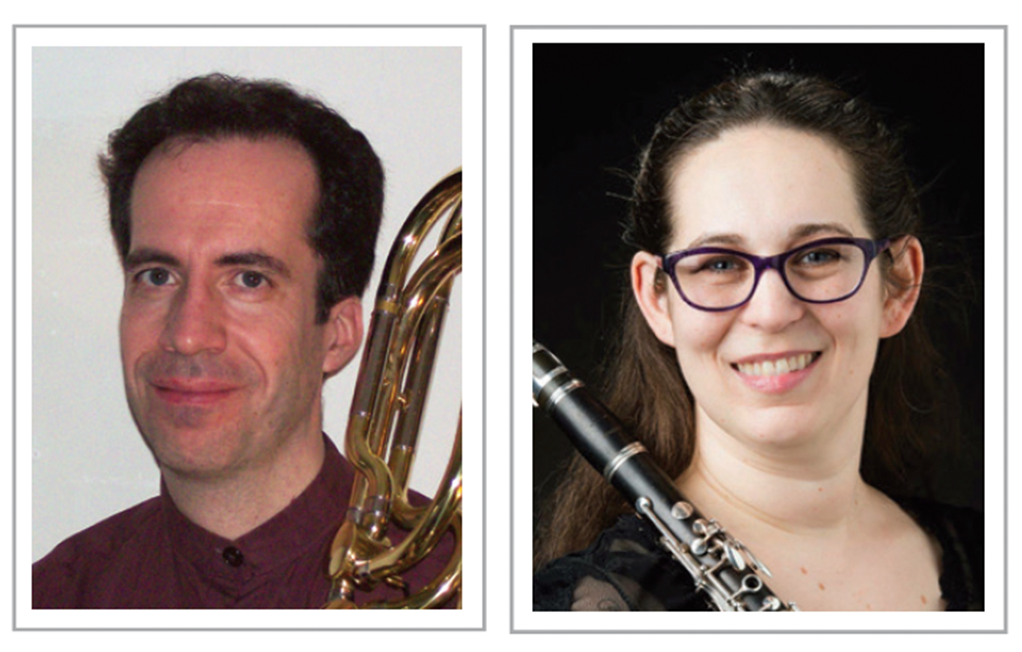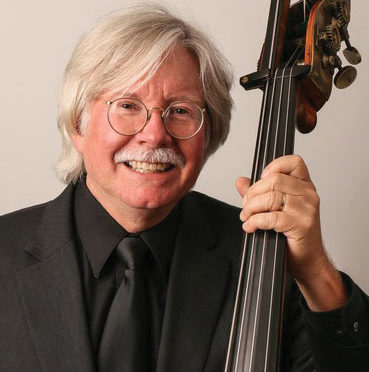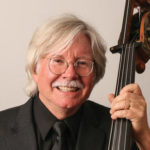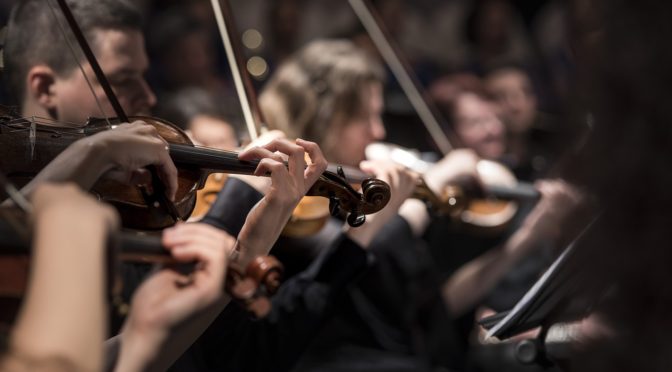As I write this, the two-year anniversary date of the World Health Organization declaring COVID-19 a global pandemic has just passed, and my colleagues in the Victoria Symphony are performing a concert on the two-year anniversary of our first COVID-related cancellation (March 12, 2020). Tonight’s concert is the first “mask optional” concert for us, the order having been lifted just yesterday.
Last month, all 21 of our Organization of Canadian Symphony Musicians (OCSM) orchestras reported on their 2021-2022 seasons so far. Some delayed performing altogether until February 2022; some began live performances in fall 2021, only to be shut down again by the omicron variant (then going to virtual performances or going silent); and some, like my colleagues here on the west coast, have been able to do limited capacity live concerts the whole time, with some surprises along the way in the form of deferred programs, changes to repertoire, and constant re-evaluation of safety protocols.
For the most part, these protocols have kept us safe. Nobody reported workplace outbreaks, although some OCSM delegates did report isolated cases among colleagues. Most of our orchestras are back to prepandemic pay levels, but none seem to have fully returned to prepandemic service density. With lowered production costs during the pandemic, and government subsidies, several of our orchestras have generated operating surpluses over the past two seasons.
The pandemic has made all of us reluctant to attempt to predict the future. (Remember the predictions that this would be over by fall 2020?) What will our future audiences look like? Will we ever return to prepandemic work density? Nobody wants to attempt to predict anything anymore, which will be a huge challenge to our negotiating committees, many of which are active now.
As most orchestras produced concerts online during the shutdown under the COVID-19 side letter, many have continued to do so now that audiences have returned, producing “hybrid” seasons, where some offerings are made available online in addition to live performances. Production rules and fair compensation for media work will be subjects of interest to most orchestra musicians, not just to musicians of the larger orchestras that did media work in the past. Orchestras Canada did a major study of media work during the 2020-2021 season, which gives us a glimpse of the media landscape post-COVID.
Delegates have also reported many vacancies in their orchestras—one orchestra that normally has 67 contracted musicians has nine vacancies, another of similar size has 10. The audition and tenure review procedure, which has been a topic of discussion ever since there were orchestral conferences, seems to be ripe for re-evaluation. At least two of our orchestras have asked for recorded submissions for preliminary rounds (no more auditions with dozens of people auditioning live over two full days).
For me, a sure sign that we’ve reached the double bar on the pandemic will be the OCSM Conference, which will be held at the Hotel Saskatchewan in Regina, Saskatchewan, August 8-12, 2022. Being able to travel and gather as colleagues from across the country is something I will never again take for granted. Until then, I wish you all the best with the remaining weeks of your respective orchestral seasons.
La longue coda
par Robert Fraser, président de l’OMOSC et membre de la section locale 247 (Victoria, C.-B.)
Au moment d’écrire ces lignes, nous venons de passer le cap des deux ans depuis la déclaration de Au moment d’écrire ces lignes, nous venons de passer le cap des deux ans depuis la déclaration de pandémie mondiale par l’Organisation mondiale de la santé, et mes collègues du Victoria Symphony donnent un concert deux ans, jour pour jour, après notre première annulation en raison de la COVID-19, le 12 mars 2020. Le concert de ce soir est le premier au cours duquel le port du masque sera facultatif, puisque l’obligation de le porter dans les lieux publics a été levée hier.
Le mois dernier, les 21 orchestres membres de l’Organisation des musiciens d’orchestre symphonique du Canada (OMOSC) ont rendu compte de leur saison 2021-2022 à ce jour. Certains ont dû reporter leurs représentations jusqu’en février 2022; d’autres ont repris les concerts à l’automne 2021, mais ont ensuite été contraints de suspendre leurs activités en personne en raison du variant Omicron, et de donner des représentations virtuelles ou de ranger leurs archets. D’autres encore, comme mes collègues sur la côte ouest, ont pu continuer de donner des concerts devant des salles à capacité réduite, mais leur saison a été ponctuée de programmes reportés, de changements de répertoire et d’une réévaluation constante des protocoles de sécurité.
Dans l’ensemble, ces protocoles ont été efficaces : aucun orchestre n’a signalé d’éclosions en milieu de travail, bien que certains délégués de l’OMOSC aient fait état de cas isolés parmi leurs collègues. La plupart des orchestres membres de l’OMOSC sont revenus aux niveaux de rémunération d’avant la pandémie, mais aucun ne semble avoir retrouvé les mêmes taux d’occupation. La réduction des coûts de production et l’octroi de subventions gouvernementales en raison de la pandémie ont fait en sorte que plusieurs de nos orchestres ont dégagé un excédent d’exploitation lors des deux dernières saisons.
Après deux ans de pandémie, plus personne ne veut se risquer à prédire l’avenir (vous vous souvenez des prédictions selon lesquelles l’automne 2020 marquerait la fin de la pandémie?). À quoi ressembleront nos auditoires dans les prochains mois, les prochaines années? Serons-nous aussi sollicités qu’avant la pandémie? Plus personne ne veut se prononcer, ce qui mettra de gros bâtons dans les roues de nos comités de négociation, dont beaucoup sont d’ailleurs actifs en ce moment.
Comme la plupart des orchestres ont produit leurs concerts virtuels pendant le confinement aux termes de la lettre d’entente COVID-19, beaucoup poursuivent sur la même voie maintenant que les spectateurs sont de retour. Ils proposent des saisons « hybrides », dans le cadre desquelles certaines représentations sont offertes tant en ligne que devant un auditoire. Les règles de production et la juste rémunération du contenu multimédia intéresseront la plupart des musiciens d’orchestre, et non seulement ceux des grands orchestres qui en ont déjà fait dans le passé. Orchestres Canada a mené une vaste étude consacrée aux prestations en ligne pendant la saison 2020-2021, et nous voyons maintenant un aperçu de l’environnement médiatique postpandémie.
Les délégués ont également rapporté que de nombreux postes sont vacants au sein de leurs orchestres. Par exemple, un orchestre qui compte habituellement 67 musiciens sous contrat a neuf postes à pourvoir, tandis qu’un autre doit en pourvoir 10. Par ailleurs, il serait temps de revoir les processus d’audition et d’évaluation menant à la permanence, qui font l’objet de discussions depuis la création des associations d’orchestres. Au moins deux de nos orchestres ont demandé la possibilité de soumettre des enregistrements en remplacement de l’étape préliminaire où des dizaines de candidats se présentent en personne, ce qui occupe deux journées complètes.
La tenue de la conférence annuelle de l’OMOSC à l’hôtel Saskatchewan de Regina, en Saskatchewan, du 8 au 12 août 2022 sera le signe qui ne trompe pas : nous serons arrivés à la double-barre de la pandémie. D’ailleurs, je ne tiendrai plus jamais pour acquise la possibilité de prendre l’avion pour aller rencontrer mes collègues des autres provinces. D’ici là, je vous souhaite une excellente fin de saison.


